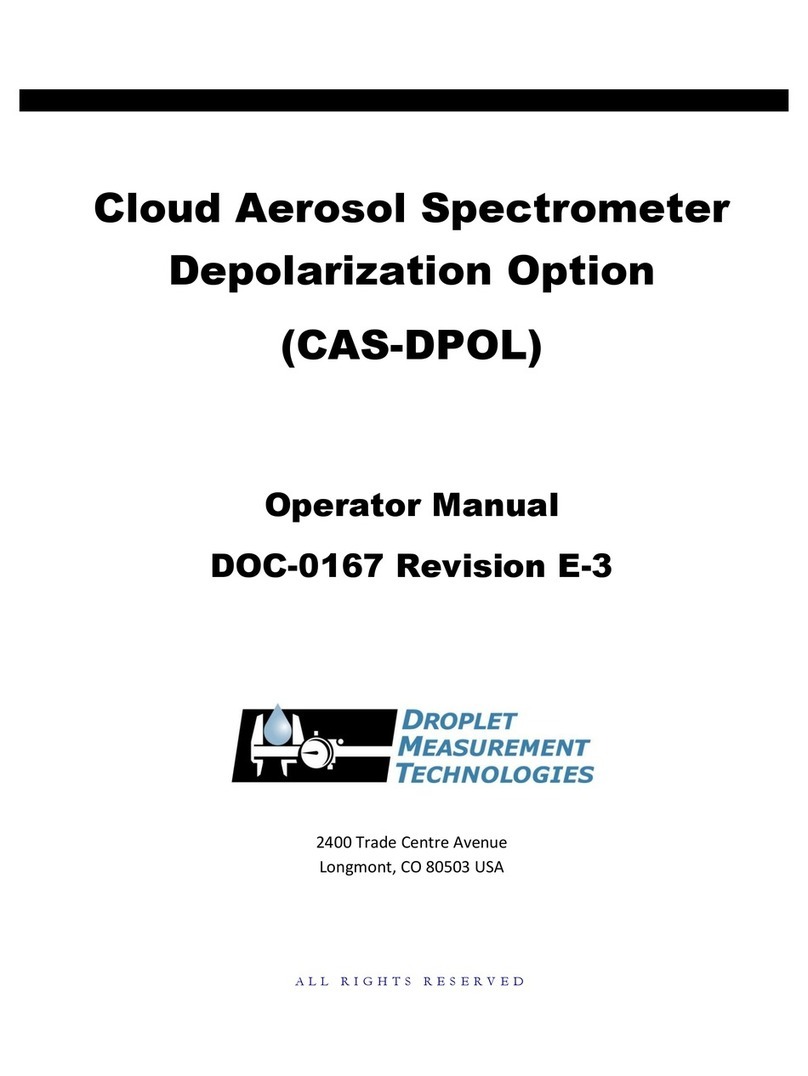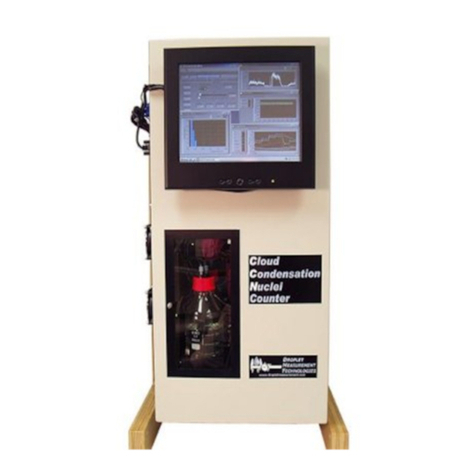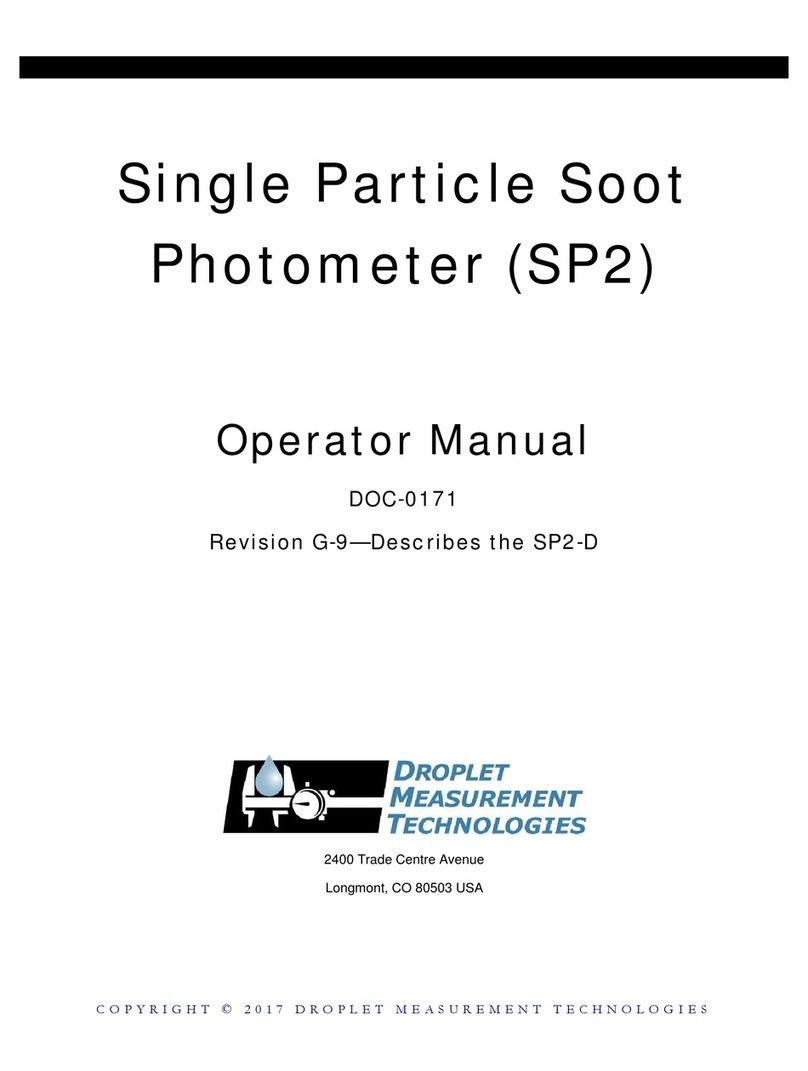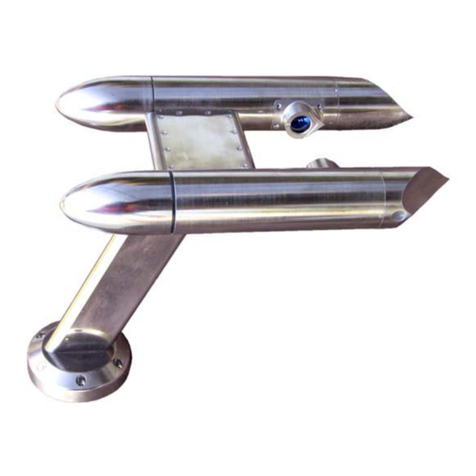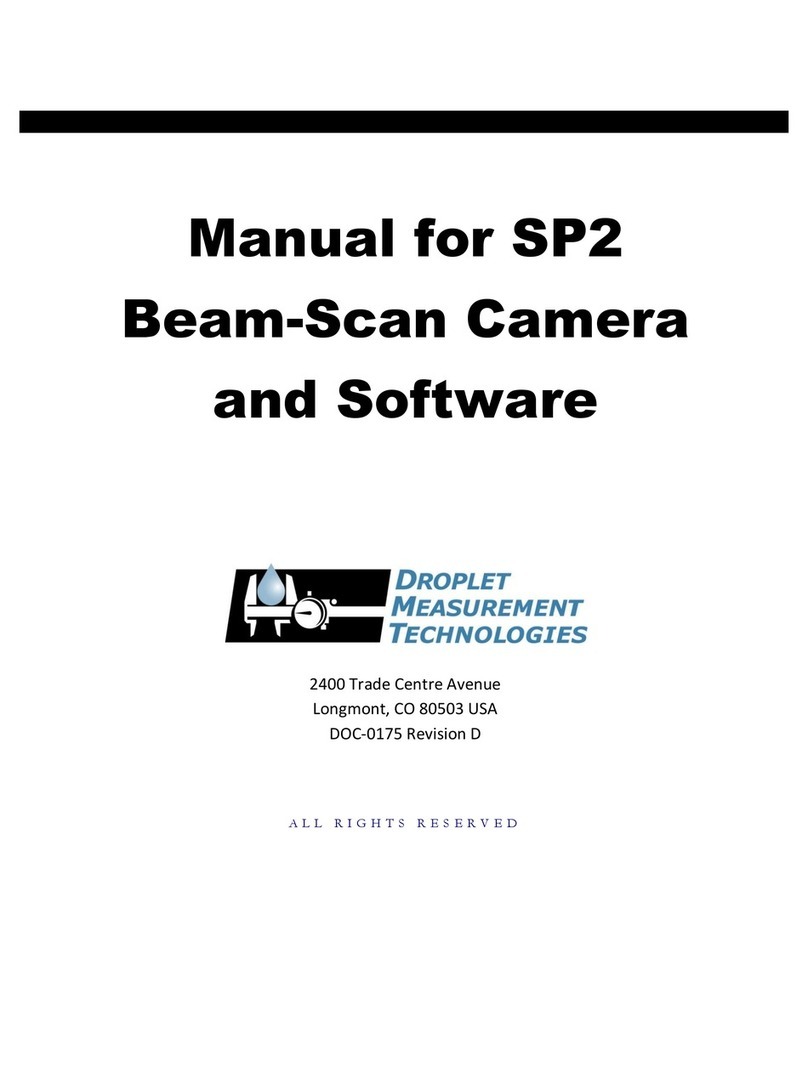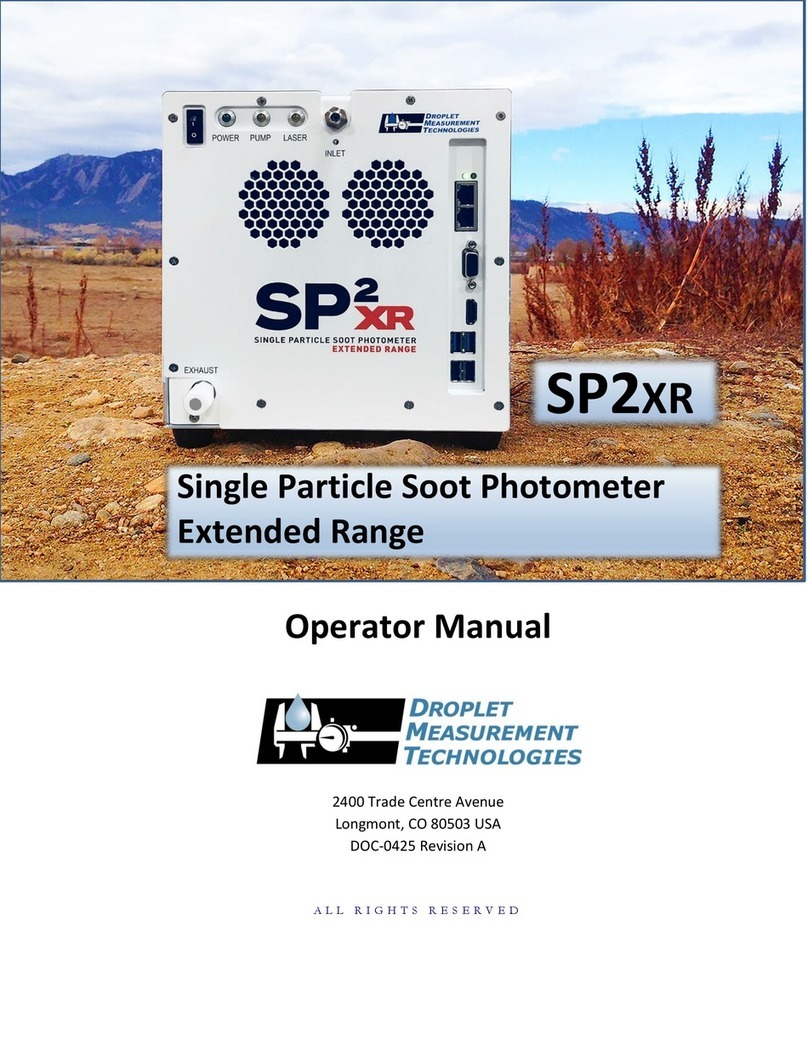C O N T E N T S
Specifications ................................................................................................................. 6
1.1 General Specifications for the SP2 XR................................................................................... 6
1.2 Electrical Specifications......................................................................................................... 7
1.3 Recommended Maintenance................................................................................................ 7
1.4 Physical Specifications........................................................................................................... 7
General Information....................................................................................................... 8
1.5 Safety Information ................................................................................................................ 9
1.6 Interface Features ............................................................................................................... 10
1.7 Brief Theory of Operation ................................................................................................... 11
Introduction ..................................................................................................................14
Unpacking, Setup, Installation, and Power Up................................................................18
1.8 Unpacking............................................................................................................................ 18
1.9 Installation........................................................................................................................... 18
1.10 Setup ................................................................................................................................... 18
1.11 Powering the System Down ................................................................................................ 20
SP2-XR Software............................................................................................................21
1.12 Output Data file types ......................................................................................................... 21
1.13 SP2-XR Quick-Start .............................................................................................................. 22
1.14 SP2-XR Main Screen ............................................................................................................ 26
1.15 Histograms Tab.................................................................................................................... 27
1.16 Config Tab............................................................................................................................ 28
Config / Acquisition Tab............................................................................................................... 30
Config / Settings Tab.................................................................................................................... 31
Config / Alarms Tab ..................................................................................................................... 31
Config / Sequences Tab................................................................................................................ 33
Config / Custom Tab .................................................................................................................... 34
1.17 Alarms Tab........................................................................................................................... 35
Examples of how to set parameters for Alarms .......................................................................... 35
1.18 System Settings tab ............................................................................................................. 38
1.19 Utility Window..................................................................................................................... 39
Utility –Data Reader ................................................................................................................... 39
Utility –Log reader ...................................................................................................................... 40
1.20 Status Window .................................................................................................................... 41
Laser Beam Profiler Software.........................................................................................42
1.21 Camera Preparation ............................................................................................................ 42
1.22 Running the software.......................................................................................................... 46
